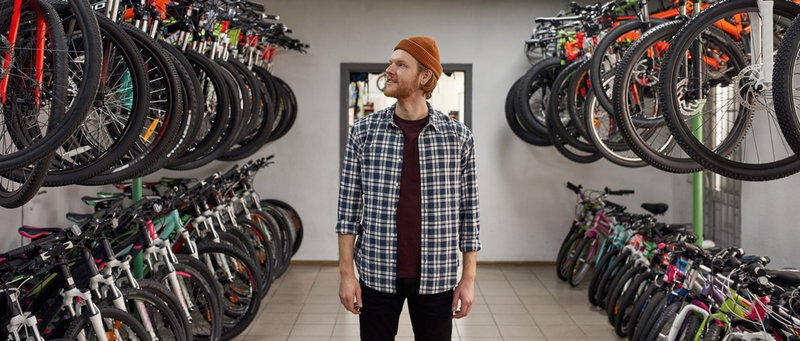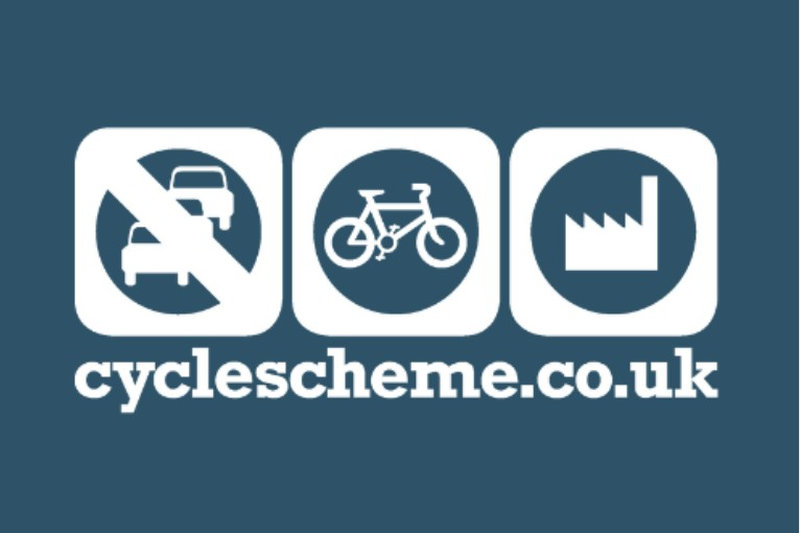If you’re an adult thinking about taking up cycling, I know exactly how you feel. You like the idea of getting fitter, spending more time outdoors, or maybe even swapping the car for the odd commute — but then you start looking at bikes. Suddenly you’re hit with talk of hybrids, gravel frames, derailleurs, and price tags that range from pocket money to mortgage payment.
It’s enough to make you close the tab and go back to the sofa. But honestly, it doesn’t need to be that confusing or expensive. Getting your first bike as an adult can actually be pretty simple once you strip away all the jargon and sales talk.
Here’s what I learned when I decided to start cycling again, and what I wish I’d known before I spent three evenings scrolling through bike listings wondering what on earth “geometry” meant.
Start With Why You’re Riding
Before you even think about what to buy, figure out why you want to ride in the first place. That one question makes everything else easier.
- Commuting: If you’re planning to ride to work, you’ll want something practical, reliable, and comfy — a hybrid is usually spot on. They handle roads and paths well and often come with mounts for mudguards and panniers.
- Leisure and fitness: If you’re looking for a bit of exercise and fresh air, a hybrid or a gravel bike works nicely. They’re the all-rounders of the bike world.
- Off-road exploring: Fancy heading into the woods or tackling trails? Go for a mountain bike with wider tyres and some suspension.
- Speed and distance: If you’ve got your eye on longer rides or sportives, then a road bike is designed for exactly that.
Once you know what you want out of cycling, you can stop worrying about all the options that don’t fit.
Don’t Get Caught Up In The Hype

It’s easy to think you need something sleek, shiny, and expensive to “do cycling properly.” You don’t. When you’re starting out, comfort and value are far more important than the badge on the frame.
A decent beginner’s bike from a good brand usually sits somewhere between £300 and £800. That’ll get you a solid frame, good brakes, and smooth gears. If you can stretch towards £1,000, you’ll get lighter materials and better components — but you definitely don’t have to.
Anything under about £300 tends to be a false economy. I’ve been there — they look like a bargain, but they’re usually heavy, clunky, and constantly in need of repairs. You’ll spend more fixing it than you saved buying it.
Second-hand bikes can be brilliant, though, if you’re careful. Check that the frame isn’t cracked, the gears change cleanly, and the brakes work properly. Facebook Marketplace and eBay are full of options, but always give it a test ride if you can.
Try Before You Buy
This one’s non-negotiable: always try a bike before buying it.
Bike sizing isn’t guesswork — it depends on your height, leg length, and posture. A bike that’s too big or too small will make riding feel awkward and, frankly, miserable.
Most local bike shops are great about letting you test a few models. They’ll measure you properly, adjust the saddle, and point you in the right direction. Even if you later order online, that bit of hands-on advice is worth its weight in gold.
If you do go online, use the size charts carefully. A well-fitting bike feels natural after a few minutes; if it feels like hard work straight away, something’s wrong.
Think About The Extras: You Don’t Need Them All

The moment you start looking at bikes, you’ll also find yourself staring at accessories — and there are a lot of them. Some are essential, some are nice to have, and some are pure marketing. Here’s what you actually need to get started:
- Helmet: Get one that fits snugly and meets UK safety standards. You don’t need a Tour de France version. Around £30–£50 will do the job.
- Lights: Front and rear lights are must-haves, even for daytime rides. British weather doesn’t always play fair.
- Lock: If you plan to leave your bike anywhere, invest in a sturdy D-lock. £40–£60 is a good ballpark.
- Pump and puncture kit: Flats happen, and tyre pressure drops over time — better to be ready than stranded.
- Comfortable clothes: No need for full Lycra. A decent pair of padded shorts and breathable layers will do.
Once you’re riding regularly, you can add things like mudguards, panniers, or clip-in pedals if you fancy it. But start simple — your wallet will thank you.
Electric Bikes
If you like the idea of cycling but worry about stamina or hills, an e-bike could be worth considering. They give you a helping push when you pedal, which makes longer rides and steep climbs far less daunting.
They’re brilliant for commuting or anyone easing back into fitness, but they’re not cheap. Good ones start at around £1,000–£1,500, and they’re heavier to lift or store. If you’re on the fence, try hiring one first — most towns have schemes that let you test them out.
Save With The Cycle To Work Scheme

If your employer offers the Cycle to Work scheme, use it. It’s one of the easiest ways to save on a bike and spread the cost.
You basically “hire” the bike through your employer and pay it off monthly from your salary before tax — which means you save up to 40%. And no, you don’t have to use it exclusively for commuting; leisure rides count too.
Getting Started The Right Way
Cycling shouldn’t feel like a competition. Whether you’re heading out for a Sunday spin, commuting to work, or just nipping to the shops, it’s about enjoying the movement.
You’ll notice the benefits quickly — clearer head, better fitness, and the small but satisfying smugness of sailing past a line of cars stuck in traffic.
Buying your first bike as an adult can seem like a minefield, but it really isn’t. Think about how you’ll use it, set a realistic budget, and take your time trying a few out.
You don’t need a £2,000 carbon frame to feel like a cyclist. You just need something that feels good to ride and makes you want to do it again tomorrow. Because once you rediscover that sense of freedom on two wheels, you’ll wonder why you waited so long.

